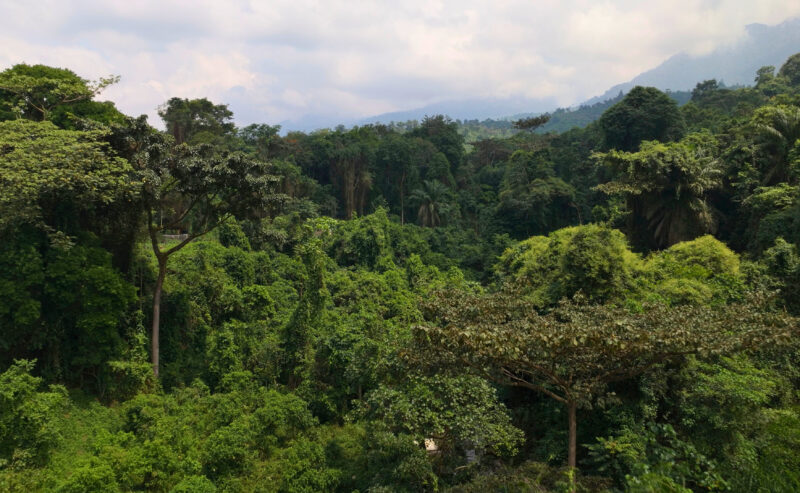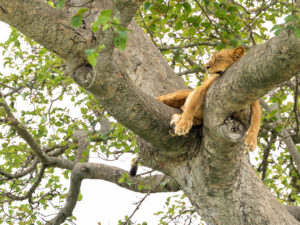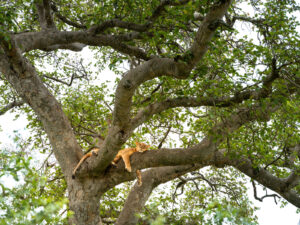
Contribute to the Century Ahead >
Throughout the storied history of the Ishasha Valley’s southern circuit, lions have played a leading ecological role despite fluctuations in population size. Natural threats to their survival continually test their resilience in this wild savanna habitat, with typically only a fraction of cubs reaching adulthood.
This particular pride must also contend with obstacles related to human activities, including the formidable problem of illegal poaching. Tragically, one incident alone claimed the lives of six young pride members in March 2021.
A lioness known as Julia managed to survive the attack, but now bears the heavy responsibility of revitalizing her pride. So far, despite having given birth to multiple litters, none of her cubs have survived beyond infancy.

(Hope – photo taken in Virunga National Park, Ishasha Valley, by Robin Laime)
Not only must she endure threats from humans, other animals, and the harsh environment, but also those presented by members of her own species. Male lions periodically invade the pride’s territory, injuring and sometimes killing her cubs, or those of other matriarchal groups.
In August 2023, as part of a litter of four cubs, Julia gave birth to Hope. Her survival alongside her siblings was precarious from the outset; tragically one of her brothers met his end at the horns of a buffalo, highlighting the harsh realities of life in the wild.
Still hope persists, both physically and metaphorically, as the young lion of the same name takes on alloparental responsibilities, providing assistive care to her mother’s most recent litter of cubs.
At just 3.5 years old, Hope strides forth as torchbearer for the Ishasha lion population. With each passing day, there is cautious optimism that she may one day contribute to the restoration of lion numbers across these vast savannas.

(Hope – photo taken in Virunga National Park, Ishasha Valley, by Robin Laime)
Learn More
Buy Now